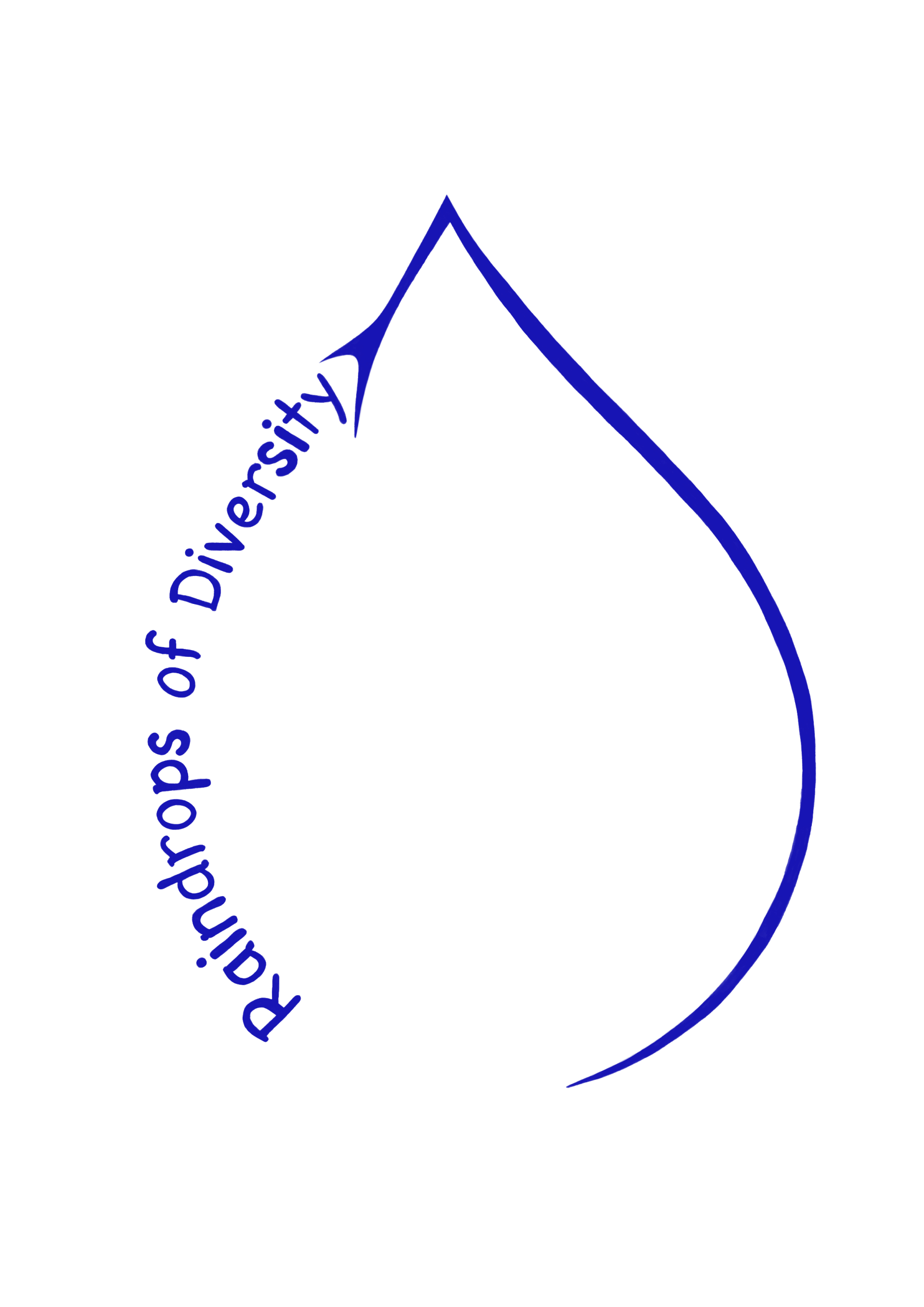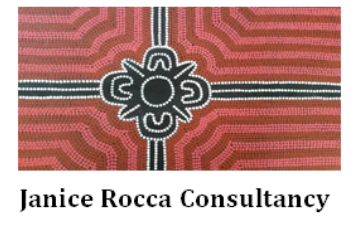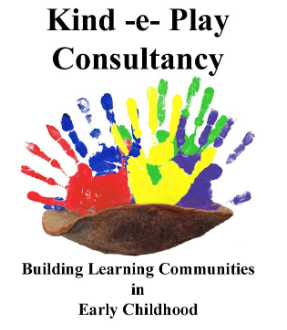Summative Assessments
Written ByJanice and Michelle
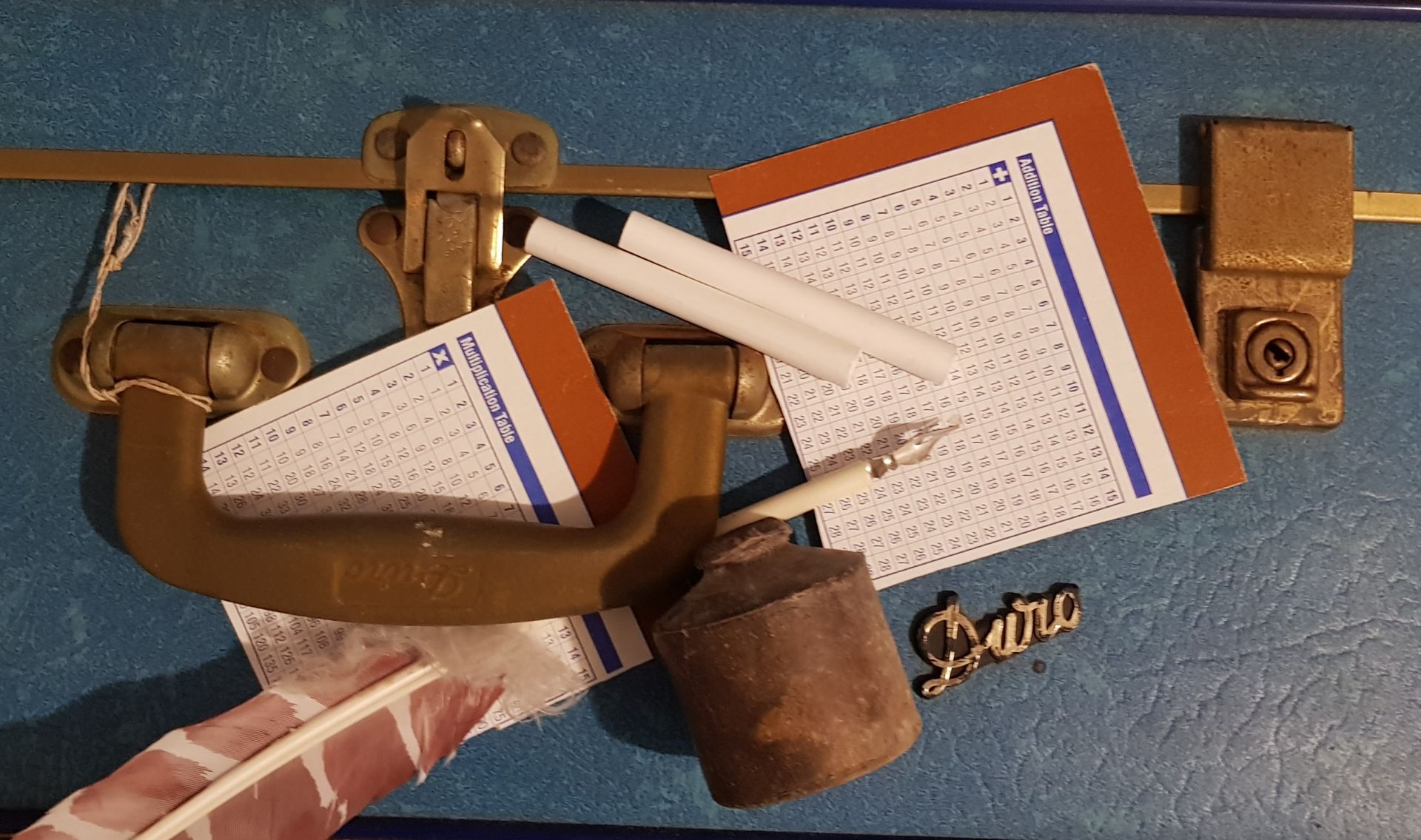
The process of summative assessment can be quite a lengthy, time consuming job. So why are these assessments such an important piece of each child’s documentation?
Put simply a summative assessment is the process of mapping a child’s develop over time. At each stage of development a child develops new skills as well as adding to their existing skills. Throughout life, the acquisition of new skills allows us to continue to learn.
Think of all the milestones that a child masters in the first 5 years of life. Areas of development cover physical, emotional, well-being, social, language and communication domains. Children learn about their and others’ identify, connect with and build relationships with people, their community and their world. They develop cognitive processes, become active investigators and by the time they go to school are working towards being independent. They learn play strategies, problem solving techniques and become efficient in the process of negotiation. They understand that they have needs and wants and set about fulfilling these needs on a daily basis.
Children learn how to safely navigate spaces, becoming familiar with their own physical abilities, often taking risks, actively challenging their own skills, eager to make new discoveries in their own time and place.
Summative assessments allow us to consider each child through a holistic lens, monitoring their progress and therefore continuing to scaffold their learning and development through a range of intentional teaching practices. We also use our environments as the third teacher when encouraging, guiding and supporting each child to reach their potential.
As Teachers and Educators, we are aware that each child will develop at their own speed, mastering their own skills in their own time, based on their life experiences, personality and learning supports. To meet the needs of each child, summative assessments therefore need to be informative while considering each area of development, learning outcome or learning domain.
What Supporting Documentation can Assist Us?
The Early Years Learning Framework Developmental Milestones PDF gives us an overview of suggested developmental milestones that each child works towards during age ranges.
Early Years Learning Framework Developmental Milestones:
https://www.acecqa.gov.au/sites/default/files/2018-02/DevelopmentalMilestonesEYLFandNQS.pdf
The Early Years Learning Framework and My Time, Our Place Learning Outcomes gives examples of the types of develop that is covered in 5 key areas:
Identity
Connectedness
Wellbeing
Active Learning
Communication
Although there are examples given in each learning area, you could use your own knowledge to assist a child in meeting these learning outcomes.
Early Years Learning Framework
https://www.acecqa.gov.au/sites/default/files/2018-02/belonging_being_and_becoming_the_early_years_learning_framework_for_australia.pdf
The Queensland Kindergarten Learning Guideline offers learning in 5 key domains. Information is offered, explaining the learning or developmental milestones covered in these domains.
Identity
Connectedness
Wellbeing
Active Learning
Communicating
Kindergarten Transition Reports or School Readiness Reports builds a picture of a child’s development while including the voices of all parties (the child, the family, the community) involved in each child’s final year before entering formal schooling.
Checklist templates are also available listing areas of development and skills that assist a child in meeting their developmental milestones.
\
https://www.qcaa.qld.edu.au/downloads/p_10/qklg_2019.pdf
How do we include all of this information in our summative assessments?
There are ways to cover all areas of development and developmental milestones. The key to covering all areas while considering each child through a holistic view, links directly with progressive goal setting.
The format of goal setting might occur with each child’s All About Me summative report or it could be a shared story with each family over time.
Consider starting a story titled “ Your child’s goals.” This story can continue throughout the entire time that the child in in care. Provide each family with the Early Year’s Learning Framework Developmental Milestone PDF and ask for their thoughts around what they would like for their child to achieve over the coming 3 months. Use your own observation techniques to set your goal/s working in with your families. Write this goal on this page and link it to your learning domains/outcomes. Ensure that everyone knows how to access this information via effective communication strategies.
Use your learning curriculums to outline the learning goals you and your team will be working on and offer suggestions to families on ways they can actively assist their child to meet these milestones at home, within your shared learning stories and/or programs. This will assist in building shared relationships with your families and allows families to contribute their thoughts on their child’s progress, directly on their child’s goals story. This is a lovely way for families to share their voices and for you to receive family input on a regular basis.
Set your time frame for evaluating each child’s goal and let the families know when this is. Invite the families to evaluate these goals, documenting how they feel their child is developing towards their child’s milestones. During this process you can set new goals or extend the time frame for existing goals if the child is continuing to work towards achieving these goals.
Strategies for Successful Goal Setting...
S M A R T Goals
Specific
Measurable
Achievable/Actionable
Relevant/Realistic
Time Based
Having each child’s goals in the one place for the duration that the child is in care, accessible to Teachers, Educators, Educational Leaders, Management and families, builds a community of support. When the child transitions, their achievements are easily accessible, therefore allowing new Teachers and Educators to receive information about each child that may assist the child in their settling process.
If this becomes an embedded practice in your service, families can offer their own input into this process, sharing in ways to help their child achieve their milestones and celebrating, alongside you, their child’s successes.
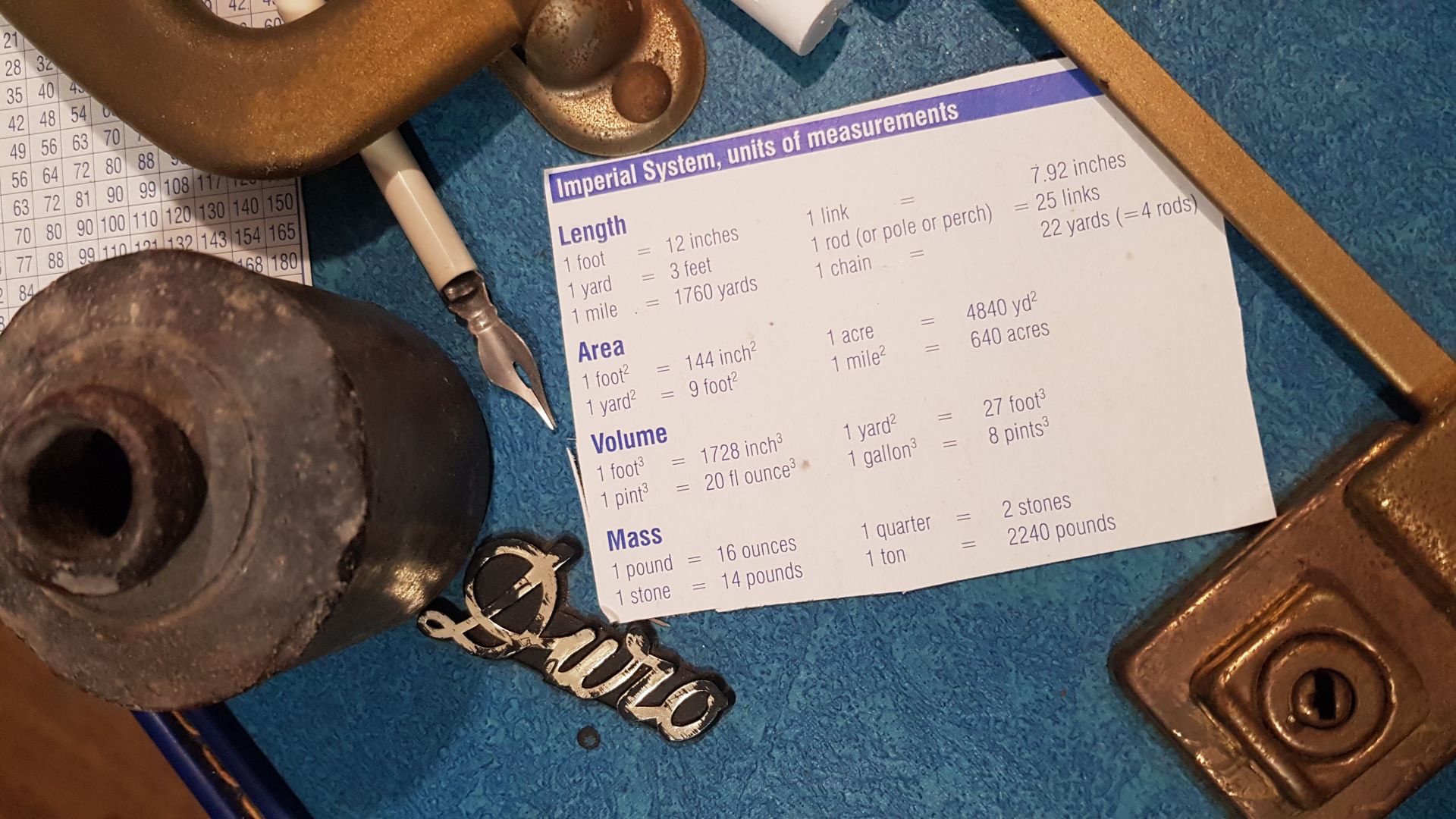
Get in touch
-
Email: admin@janicerocca.com
-
0499 445 565 Janice
0412 083 015 Michelle -
www.facebook.com/RaindropsofDiversity
